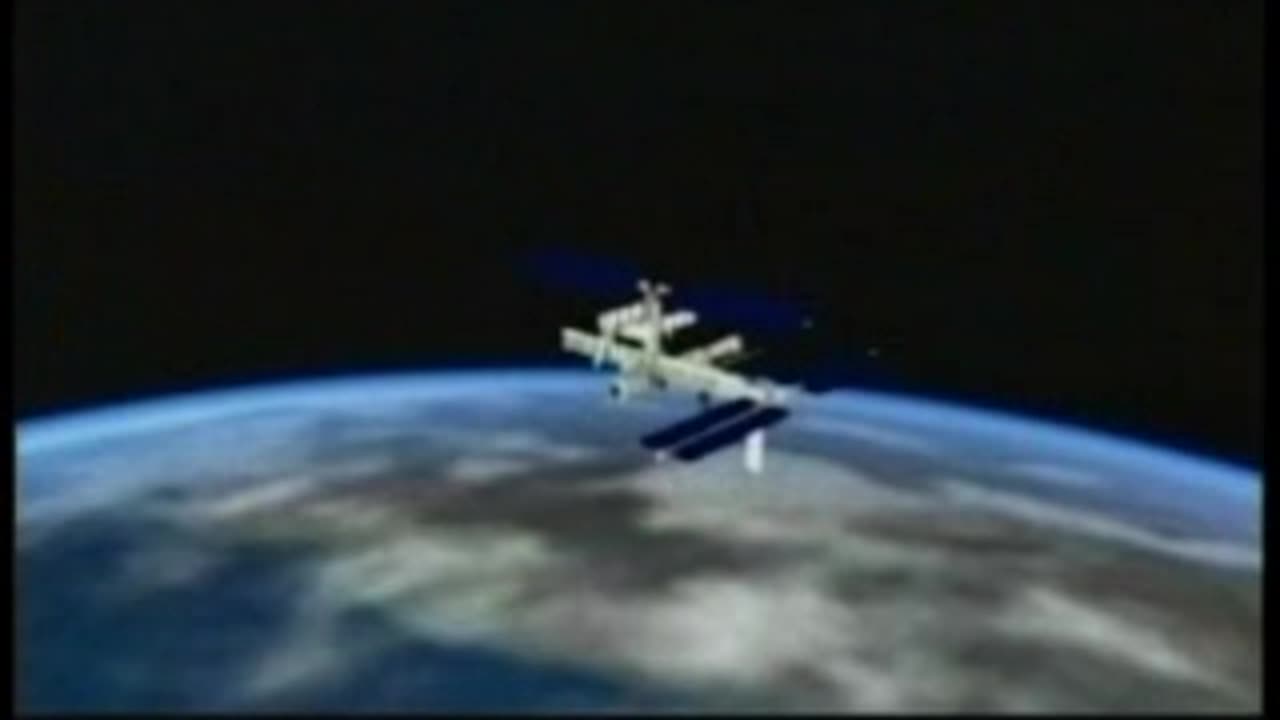Premium Only Content

NASA FUTURE
Here are some key areas of focus for NASA's future:
Artemis Program: NASA's Artemis program is a significant initiative aimed at returning humans to the Moon by the mid-2020s and establishing a sustainable presence there. The program includes plans for the Artemis missions, which will send astronauts, including the first woman and the next man, to the lunar surface.
Gateway Lunar Outpost: As part of the Artemis program, NASA plans to build the Gateway, a lunar orbiting space station that will serve as a staging point for crewed missions to the Moon and beyond. It will enable longer-duration lunar missions and provide a platform for international collaboration.
Mars Exploration: While Mars has been a long-term goal, NASA continues to work on plans for human missions to Mars. The Artemis program is seen as a stepping stone for gaining experience and technology needed for eventual Mars missions.
James Webb Space Telescope: The James Webb Space Telescope (JWST) is one of NASA's most eagerly anticipated missions. It is designed to study the universe in infrared wavelengths and will provide unprecedented insights into the cosmos.
Planetary Exploration: NASA continues its exploration of other planets and celestial bodies in our solar system. Missions like the Mars rovers, the upcoming Europa Clipper mission to Jupiter's moon Europa, and the Dragonfly mission to Saturn's moon Titan are part of this effort.
Earth Science: NASA's Earth Science Division conducts research and missions to better understand our planet's climate, weather, and natural systems. Monitoring and addressing climate change remains a priority.
Commercial Space Partnerships: NASA continues to collaborate with private companies through initiatives like the Commercial Crew Program, Commercial Resupply Services, and Commercial Lunar Payload Services, fostering a new era of commercial spaceflight.
International Collaboration: NASA collaborates with international space agencies on various missions, including the International Space Station (ISS), and plans to continue working with partners on future endeavors.
Space Technology: Research and development in space technology remain critical for future space exploration, including advancements in propulsion, spacecraft design, and robotics.
STEM Education: NASA places a strong emphasis on inspiring the next generation of scientists, engineers, and astronauts through STEM (Science, Technology, Engineering, and Mathematics) education and outreach programs.
These are some of the key aspects of NASA's future endeavors. NASA's missions and priorities may change over time, reflecting scientific discoveries, technological advancements, and shifts in national and global priorities. To stay updated on NASA's latest plans and missions, you can visit their official website or follow their announcements through various media channels.
-
 2:40:30
2:40:30
SlingerGames
5 hours agoThursday Variety Stream!
20.5K4 -
 3:05:53
3:05:53
SIMSIM GT
6 hours agoConvoy | Truck Simulator | TRIPLE 55INCH SETUP | GOPRO POV |
32.9K3 -
 5:13:21
5:13:21
IronAngel26
7 hours ago $0.73 earnedfew games of fortnite
23.3K2 -
 3:25:50
3:25:50
GamingwithMagus
5 hours agoOG Final Fantasy fan plays FF7 Rebirth part 27
31.6K4 -
 14:40:56
14:40:56
charwinslow
17 hours agocurrently playing Assassin's Creed: Shadows, expert mode (& Nintendo Direct reaction n yoga)
25.1K -
 4:18:51
4:18:51
hockeymancb77
7 hours agoNEW GAME ALERT!!! R.E.P.O. Stream! Lets get it!
33.3K2 -
 LIVE
LIVE
TwinGatz
7 hours ago🔴LIVE - 1.3 UPDATE HAS LANDED | ARMA Reforger
183 watching -
 3:22:51
3:22:51
DLDAfterDark
5 hours ago $0.81 earnedMinuteMan Kit For Beginners! The Do's and Don'ts of Gear/Equip.
15.9K1 -
 2:51:37
2:51:37
HELMETFIRE
6 hours ago🟢Helldivers 2 🟢RUMBLE TAKEOVER!
30.2K -
 1:44:52
1:44:52
Precision Rifle Network
1 day agoS4E10 Guns & Grub - New Gear & 2A News
20.6K2